Metal roof coating missteps to avoid
February 26, 2025 at 12:00 p.m.By Dale Nelson, president, Roof Hugger, LLC Retrofitting Systems.
Not all roofs are created equal — especially when it comes to coatings.
Metal roofs are often seen as ideal candidates for coatings, offering durability and extended life spans. However, looks can be deceiving. Beneath the surface, hidden issues such as corrosion, thermal movement or structural deficiencies can turn what seems like a straightforward coating job into a potential liability nightmare. Before picking up that brush or sprayer, roofing professionals must consider the risks, responsibilities and alternative solutions. Roof Hugger helps uncover what you don't see to help save in the long run.
Common issues
What is it about a metal roof that would make it unsuitable for coating? Metal roofs are unlike most other roofing types. You need to be able to identify how to tell if a roof can't or shouldn't be coated before offering that as a solution to the facility owner. Here are some cases when an alternative solution may be the best choice:
Corrosion
Metal roofing is not just a covering; it is a structural component of the building and its design. It is common to see some corrosion on older metal roofs, but when it is severe, you need to look more closely, particularly if the roof has been known to be leaking for an extended period of time. The panel end laps, curbs, equipment penetrations, ridge and eave areas should be inspected carefully from inside the building as well as from outside on the roof. Long-term roof leaks can cause the structural purlins and/or eave struts to be reduced to something resembling Swiss cheese. If you see this, the building is structurally compromised and a structural engineer with knowledge of metal roof/building systems needs to be involved. If the corrosion is severe and perforating of the roof panel itself is noticed, coating may also not be viable, as it can present a life safety walking hazard on the roof.
Fastener problems
Leaky or badly corroded fasteners can also result in corroded weak areas in the roof panels immediately around the fasteners. The fasteners not only hold the roof down but also transfer critical diaphragm strength to the entire structure. A fastener cap will cover a structural defect but not correct it. The cap will not keep the roof on the building in a storm or transfer diaphragm loads to the structure. Improperly coating a compromised building will likely hide the problems, but it may also put you in the liability chain should a structural failure occur. Legally, you are a roofing professional and should be able to recognize when you need to seek additional expert advice.
Thermal movement
Metal roofs are subject to significant thermal expansion and contraction during everyday temperature changes (+/-1" per 100' or 2.5 cm per 30.5 m). Aluminum roof movement is even greater. Especially vulnerable are those roofs that have exposed structural fasteners (through-fastened roofs). Roofs where the panel runs (from eave to ridge) exceed 80 lineal feet (24.4 m) are especially at risk. Standing seam roofs that have thermally active clips are designed to allow movement and typically do not suffer from this same problem. If you observe bending or cracking, long-run panels, slotting of fastener holes, torn-apart end laps or other indicators of excessive movement, coating, despite its flexibility, will only hide the problem and it will reoccur.
Penetrations
Roof-mounted equipment and pipe penetrations can be a constant source of problems in metal roofs, not only because they may have been installed incorrectly but because of differential movement between the roof and the curb-mounted equipment. Coating may help leaking for a while, but the forces are huge and frequently need further attention. In general, eliminating or reducing roof-mounted items whenever possible is a good practice; complex flashing can be eliminated and foot traffic significantly reduced. It's also wise to never block the flow of water upslope from any curb; filling the area between the major panel ribs will cause water to pond on the roof and metal roofs are never designed to have ponding water.
Additional weight
Metal roofs are sensitive to additional weight. Look for indications of sagging of the purlins between frames or significant dimpling around fastener heads.
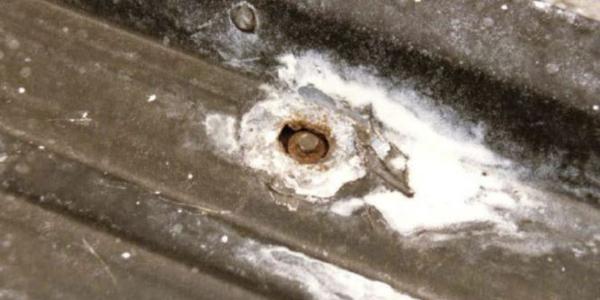
Notes from the field
It is common to find that existing buildings have had suspended or mounted service equipment added since their initial construction. This equipment could include fire sprinkler systems; heating, ventilation and air conditioning (HVAC) equipment; plumbing; lighting; ceilings; and insulation. The weight of suspended materials and equipment can be significant and the original 20 PSF (97.6 kg/m²) live load could easily be reduced to 10 PSF (48.8 kg/m²). The result is simply that the building is no longer compliant with the building code governing the life and safety of its inhabitants.
Miscellaneous
It is important to understand there are basic types of coatings:
Surface coating that is intended to extend the remaining life of the existing roof but is not a weatherproofing membrane.
Liquid applied roofing is the second type of coating. It is intended to be the weatherproofing material between the elements and the existing roof.
When reviewing the building additional items that can be cause for a more thorough review include changes of occupancy, change in buildings fire rating, the need for higher thermal resistance to reduce energy costs and the need to "harden" the building to protect the contents by increasing the wind or snow load capacity of the roof to comply with new building codes.
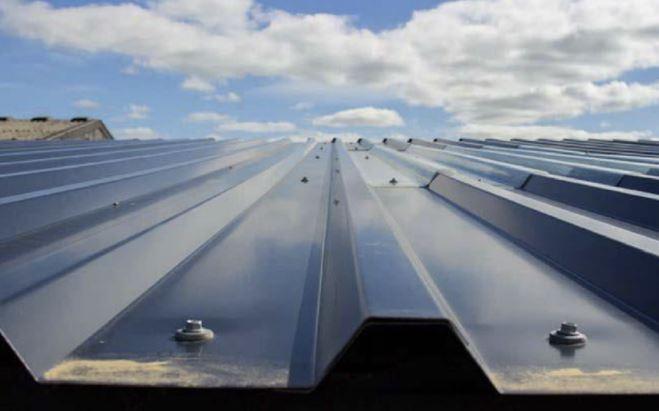
Other options
When a roof coating contractor is presented with one or more of these cases and it looks as if coating may not be the best solution (despite price), what should he or she do? There are several other retrofit options that may be a better choice for the roof, such as a new metal roof retrofit that will provide a 40-60-year solution, it can strengthen the existing structure and meet the current building codes. Thermoplastic polyolefin (TPO) overlay or PVC overlay are all options. Each of these have benefits and drawbacks. As the roofing professional, it's up to you to do additional research, call other professionals and find the best solution for your client.
Original article and photo source: Roof Hugger, LLC
Learn more about Roof Hugger in their Coffee Shop Directory or visit www.roofhugger.com.

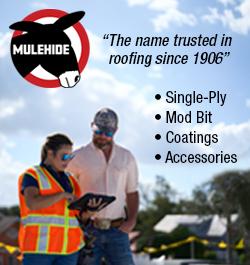


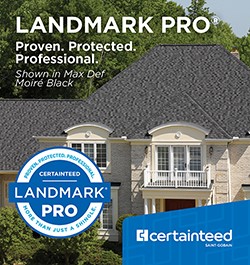
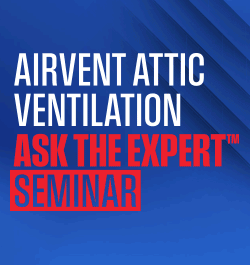

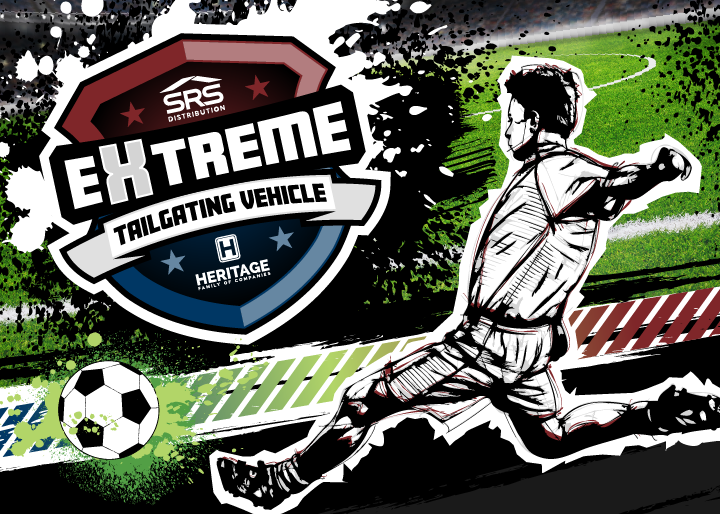
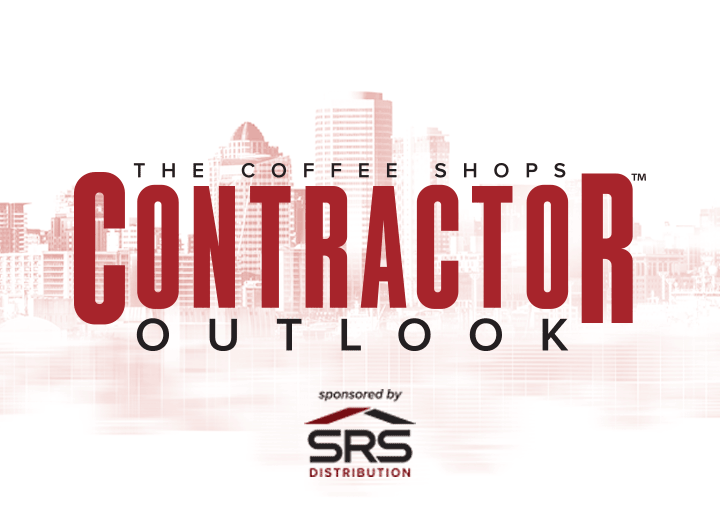


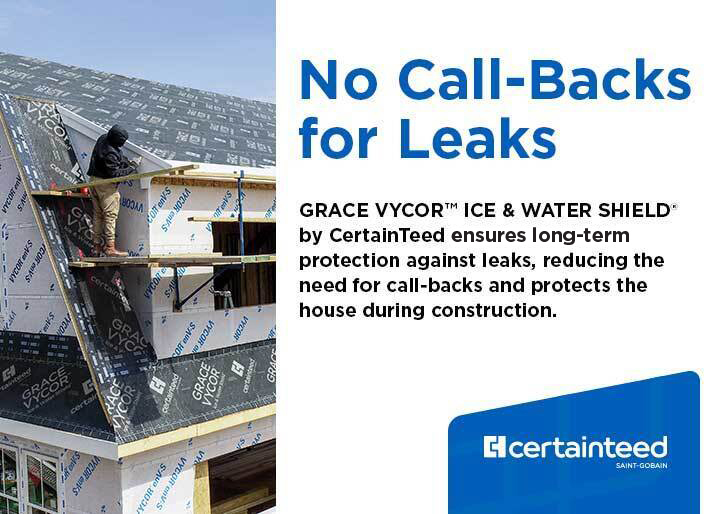

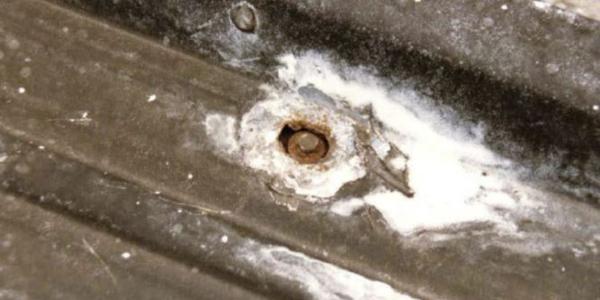

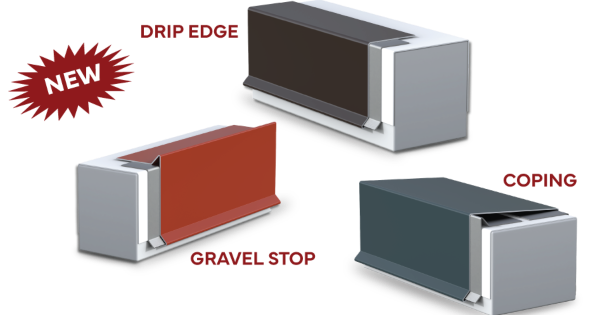
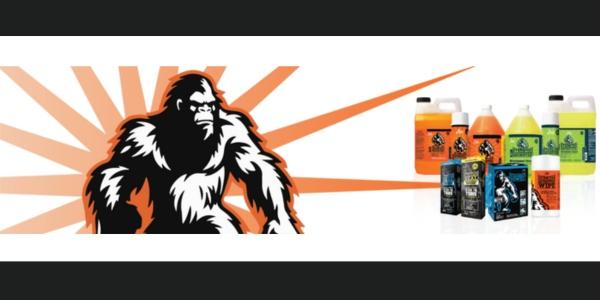


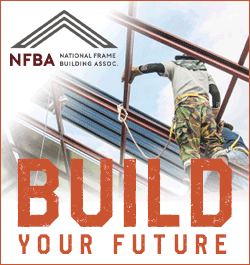

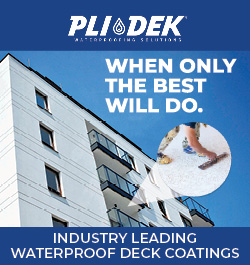

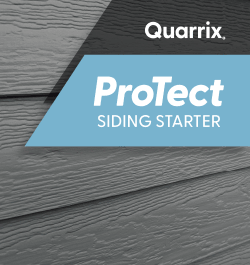
Comments
Leave a Reply
Have an account? Login to leave a comment!
Sign In